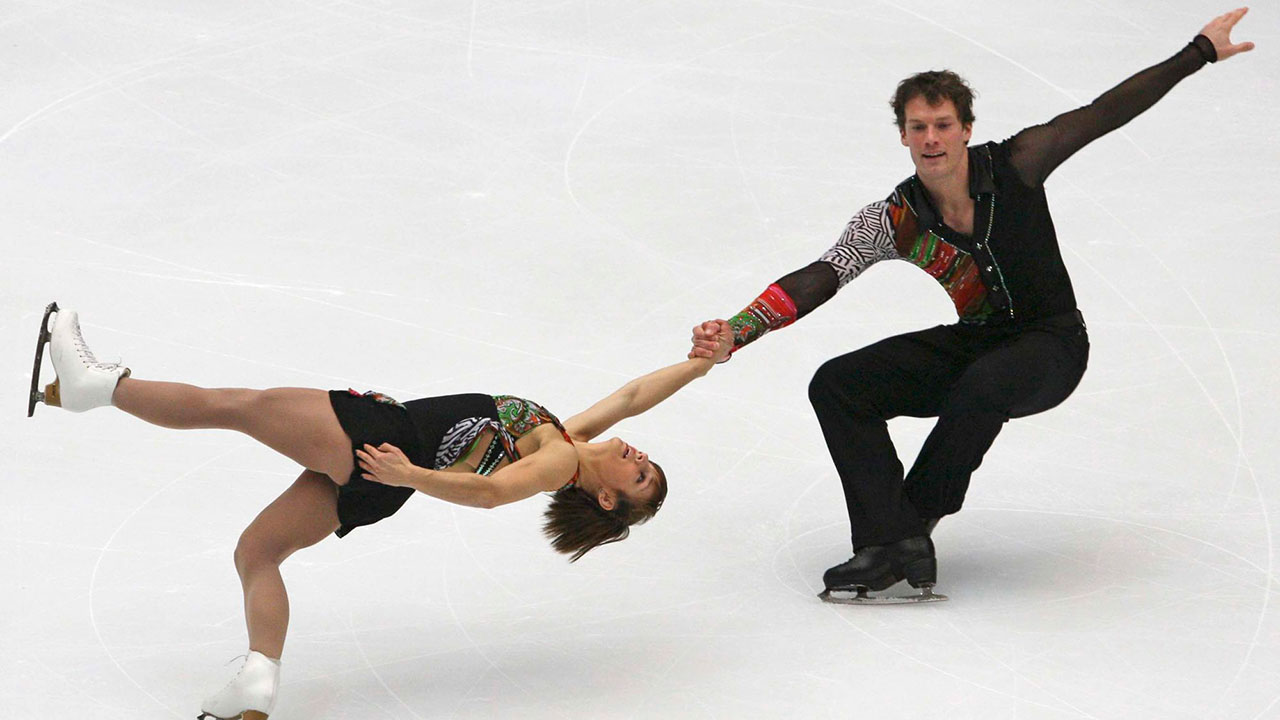KELOWNA, B.C. — Craig Buntin sits with his laptop overlooking the rink at Prospera Place and with a few taps on his keyboard pulls up a video and graphic of three-time world champion Patrick Chan.
The graphic shows that Chan skates into his quadruple jumps at 25 kilometres an hour — a decent clip when you consider the fastest NHL players are travelling 36 kilometres an hour at top speed.
In his footwork sequence, a series of steps and turns, Chan covers 190 metres — about 25 per cent more ground than his top rivals.
"Patrick’s numbers are off the charts," says Buntin. "On his entire long program, he’s skating an average speed of 16 kilometres an hour, he’s flying. And he makes it look effortless."
Buntin, a three-time Canadian figure skating champion in pairs, is debuting new technology called VeriSkate this week at Skate Canada International that he hopes will make the sport more accessible to fans.
Chan has always been praised for the strength and speed of his skating. But precisely how fast? How strong? Until now, the answers have been guesswork.
Buntin’s analytics software measures the speed, height, jump distance, rotation and ice coverage of skaters in competition.
Buntin taps again, and pulls up a graphic comparing Chan and Japan’s Nobunara Oda. It shows the respective patterns Chan and Oda made on the ice in their footwork sequences — Chan’s looks like a tangled string of Christmas lights compared to Oda’s more straightforward path.
"The conversation has always been, who has the most flow, who has the best ice coverage, who has the most speed? Suddenly we can actually take that and put it on graphs and show people, well this is how fast they were skating, this is how high they were jumping, this is the distance of jumps, the height of their twists," Buntin says.
"At the world championships, there were 165 million viewers watching, and how many know … why is Patrick Chan’s footwork sequence getting twice the marks of anyone else? It becomes a great tool for 100 million people to say, ‘Oh I get it."’
The 34-year-old Buntin, who grew up in Kelowna where he’s the ambassador for this week’s Skate Canada, retired in 2010 after he and partner Meagan Duhamel didn’t qualify for the Vancouver Olympics. Duhamel now skates with Eric Radford.
"You spend 20 years of your life focused on this one specific thing, and then you get out … for me, I had no education, I had no plan for my future," Buntin says. "And suddenly I’m 28 years old and thinking, ‘What am I going to do with my life?"’
He initially searched for a separation from figure skating, and created TeaBean, a coffee and tea company based in Montreal which he eventually sold. He applied to the MBA program at McGill University, and became the first person accepted into the program without an undergraduate degree.
Last fall, when analytics were just starting to become prevalent in professional sports, Buntin was at Skate Canada watching Chan compete. It was then that he was struck with the analytics idea.
"As the marks came up, I started looking at it, and thinking, all these technologies you could actually apply to sport, you could take these things and measure all of the marks that are going into this technical mark," he says. "So on the plane ride home, I put together the presentation, I pitched it on the Monday morning, and then on the Wednesday, I was off to the UK to a sports analytics conference and it just kind flew from there."
He co-founded the company with three PhD graduates and one masters student in computer vision.
"So I’m surrounded by very smart people," he says.
Dan Thompson, Skate Canada’s CEO, believes VeriSkate could also be beneficial to judges.
"It’s really unique technology and it’s all looking at analyzing performance and analyzing technique and whether a certain movement has been completed or not," Thompson said. "Potentially it could have a dramatic impact on the judging community."
TSN plans to feature the software in its Skate Canada broadcast, Buntin says.
Buntin is happy to be back in the sport after he was "absolutely devastated" missing out on the Vancouver Olympic team with Duhamel.
Buntin had previous skated with Valerie Marcoux and they finished fifth at the 2006 world championships. But Marcoux retired and Buntin was left to find a new partner.
"For me there were no options on the table and I drove 5,000 kilometres around North America looking for a partner," he said. "Everybody told me I should retire because I needed to find a brand new partner and qualify for the Olympics in three years. That’s impossible.
"But the fact that I did it and the fact that I found Meagan and we made it back up to No. 6 in the world, just missed the (2010) team, when I look back on my career and I look back on those last three years, the one thing for me is that I have no regrets on the amount of work I put in.
"I worked as hard as I could and did everything I could, so when I left the sport it wasn’t like, ‘Oh jeez I have regrets about the way that I trained.’ This was what was meant to be, because I could not have changed that if I had tried."
Duhamel and Radford, meanwhile, have won bronze at the last two world championships and are the favourites to win the pairs event at Skate Canada. Chan isn’t competing in Kelowna as he’s taking the season off.

